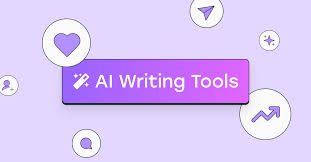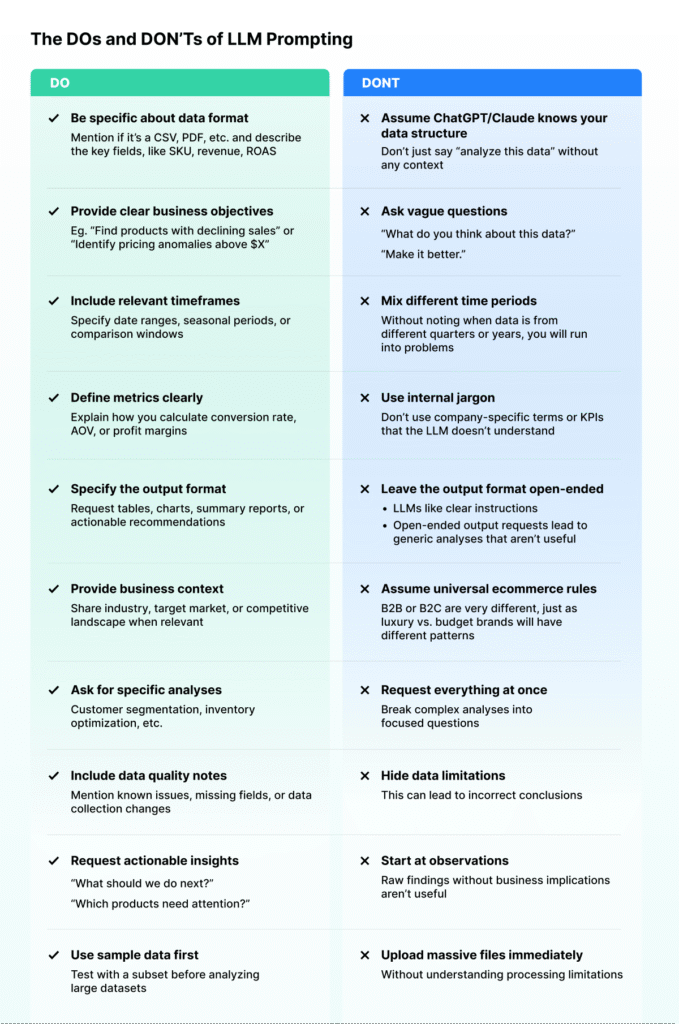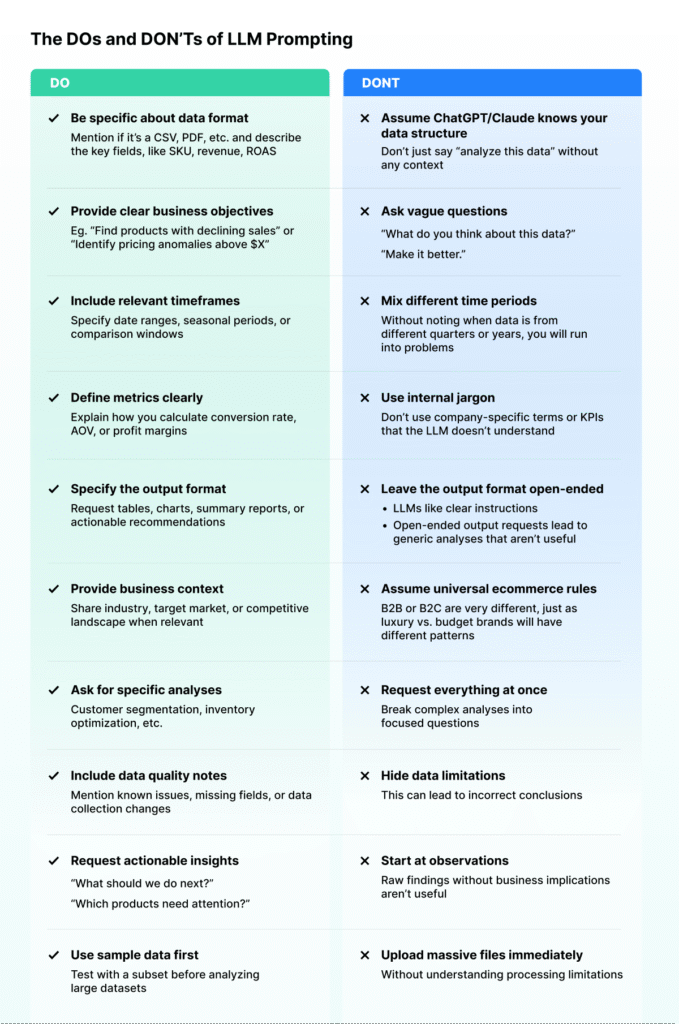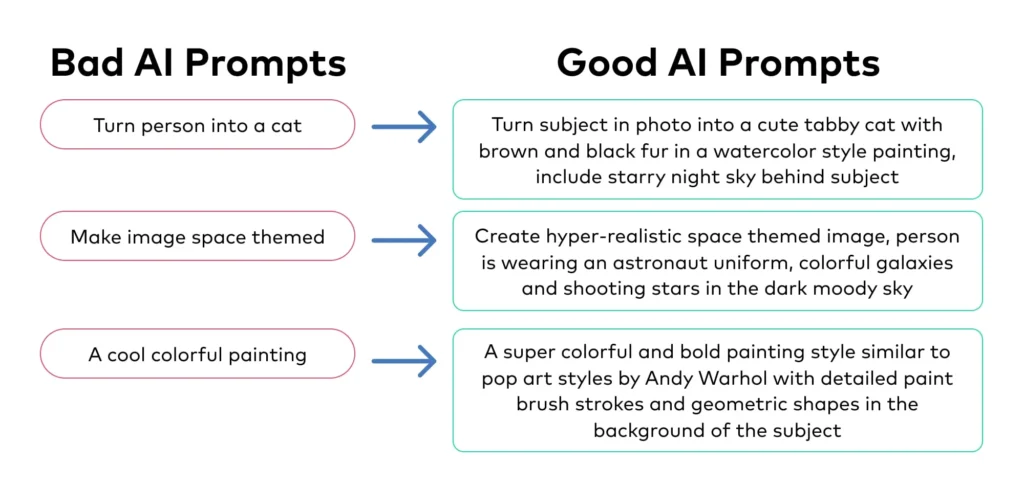
Artificial Intelligence (AI) is transforming the way we write. Whether you’re drafting a blog post, crafting an email, or working on a novel, AI can help streamline your writing process, spark ideas, and improve clarity. In this guide, we’ll walk you through how to effectively use AI to write something—no matter your skill level or purpose.
1. Choose the Right AI Writing Tool
Before diving into writing, it’s important to pick a tool that suits your needs. Here are some popular AI writing assistants:
- Jasper – Great for marketers and copywriters
- Copy.ai – Ideal for generating short-form marketing content
- Writesonic – Perfect for blogs, ads, and landing pages
- Grammarly – Helps polish your writing with grammar checks and tone suggestions
- ChatGPT / Gemini / Claude – Useful for brainstorming, outlining, and long-form writing

2. Define Your Purpose and Audience
Just like traditional writing, knowing your goal and audience is key. Ask yourself:
- What type of content are you creating? (e.g., blog post, social media caption, sales letter)
- Who is your target reader?
- What tone should you use? (e.g., professional, casual, persuasive)
Feeding this context into your AI tool will significantly improve the quality of the output.
3. Start with a Prompt
The foundation of using AI for writing is giving it a clear and specific prompt. The better your input, the better the output.
Examples of Good Prompts:
- “Write a 500-word blog post about the benefits of meditation for beginners.”
- “Create a persuasive product description for eco-friendly bamboo toothbrushes.”
- “Rewrite this paragraph to sound more professional and concise.”
Avoid vague prompts like “Write something good.” Specificity helps AI understand exactly what you need.

4. Use AI to Generate Outlines and Ideas
If you’re stuck at the beginning, let AI help you brainstorm. You can ask it to:
- Suggest article outlines
- Generate topic ideas based on keywords
- Create mind maps or bullet points
This step saves time and helps organize your thoughts before diving into full drafts.
5. Refine and Personalize the Output
AI-generated content is a great starting point, but it shouldn’t be the final version. Always review and edit the text to:
- Add your unique voice and perspective
- Ensure factual accuracy
- Improve readability and flow
6. Proofread and Polish
Even the best AI tools can make grammatical errors or produce awkward phrasing. Tools like Grammarly or Hemingway Editor can help fine-tune your work and ensure it reads smoothly.
7. Stay Ethical and Original
When using AI to write, it’s important to maintain authenticity and originality. Always:
- Review content for plagiarism
- Avoid passing off AI-generated work as fully human-written without disclosure
- Add your insights and research to enhance credibility

Conclusion
Using AI to write something doesn’t mean replacing your creativity—it means enhancing it. With the right tools and strategies, AI can help you write faster, smarter, and more effectively. Whether you’re a student, blogger, marketer, or entrepreneur, integrating AI into your writing process can be a game-changer.






0 Comments